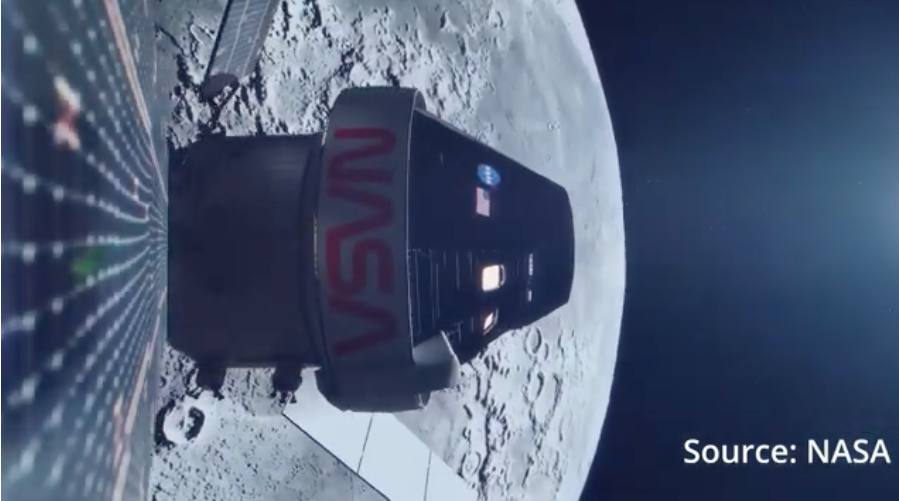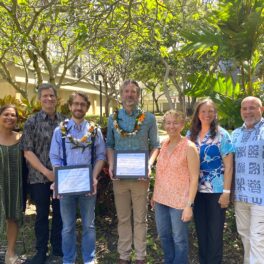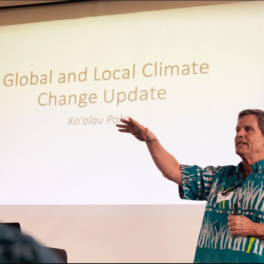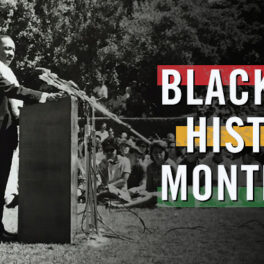Three winners selected in Earth Sciences graduate student video contest
 Credit: NASA
Credit: NASA
Three winners were recently announced in the Earth Sciences graduate student video contest: Jordan Ando received first place, Andrea Tonato was selected for second place, and third place was awarded to Jade Comellas.
Elena Dobrica, assistant researcher in the Hawai‘i Institute of Geophysics and Planetology, challenged the students in her graduate seminar course with a class project–create a five-minute video that effectively communicates their research findings and key insights to a broader audience.
“This video project presented a great opportunity for our students to refine their skills in effectively communicating complex scientific topics while simultaneously creating a valuable resource for teachers, students, and community members eager to expand their knowledge in the field of Earth and Planetary Sciences,” said Dobrica.
First place, Jordan Ando
Permanently shadowed regions at the Moon’s poles
Jordan Ando is pursuing a doctoral degree in Earth and Planetary Sciences, working with Shuai Li. Having completed one year of study, Ando’s main research focus is looking at permanently shadowed regions (PSRs) at the Moon’s poles, and trying to detect water-ice that may be present there. “I intended for this video to appeal to a wide audience: the first half of the video is a quick introduction to what PSRs are, and what makes them unique,” said Ando. “The second half of the video focuses more on the experiments I have begun doing over the past two months that may eventually help us better detect water-ice on the Moon. My hope is to help people be excited about NASA sending astronauts back to the Moon, and give a brief overview of why the South Pole is their destination.”
Second place, Andrea Belen Tonato Ñacato
Teaching dike propagation using gelatin
Andrea Tonato is pursuing a master’s degree with Tom Shea as her mentor. Tonato’s video explains the process of making an experiment that teaches dike propagation, a common volcanic process, using gelatin. “With the video, I aim for everyone to understand through a hands-on experiment a process that cannot be seen in real life,” said Tonato. “I chose this topic because it has been one of the projects I have been working on besides my main research. I want other younger students or school teachers to be interested in learning more about Geosciences in general with simple experiments that can be replicated at any time for all types of audiences.”
Third place, Jade Comellas
Mars: Habitability and the hunt for Serpentine
Jade Comellas is pursuing a doctoral degree in Earth and Planetary Science, working with Shiv Sharma and Elena Dobrica. Jade’s video is about the Perseverance rover on Mars and its search for signs of past life and habitability. It specifically focuses on her research to detect Serpentine, a hydrothermal alteration product, using the SuperCam instrument. Its intended audience is anyone who is interested in Mars and geology. As Jade’s main research topic, it is the aspect of her research about which Jade enjoys communicating the most.



